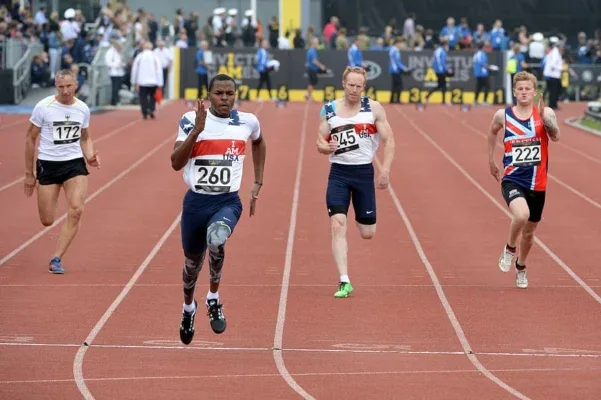The Olympic motto, “Citius, Altius, Fortius” (Faster, Higher, Stronger), has inspired athletes for generations. Today, we witness athletes like Usain Bolt, Michael Phelps, and Ryan Crouser shattering records, raising an intriguing question: Are athletes truly improving, or is technology the driving force behind these remarkable feats? This exploration delves into the factors contributing to the apparent advancements in athletic performance.
The Evidence: Records Broken and Barriers Shattered
Historical records in sports reveal a remarkable trend. Jesse Owens won the 1936 Olympics 100-meter dash in 10.2 seconds—a time that would barely compete with Usain Bolt’s 9.77 seconds in 2013. Similarly, the men’s high jump record has stood since 1996, and the women’s high jump record since 2004. Notably, the discus throw event saw a 34-meter improvement between 1906 and 1986 in the same weight category.
Understanding the Shift
While statistics suggest a substantial improvement in human athletic performance, a deeper examination unveils the role of technological advancements:
- Surfaces and Equipment: Early athletes faced challenges such as running on soft wood ash tracks and jumping in bare feet. Modern competitors benefit from ergonomically engineered tracks and specialized footwear with metal protrusions, providing superior traction. These advancements alone can account for substantial performance gains.
- Track and Field Conditions: Modern athletes run on engineered tracks and use standardized starting blocks, ensuring fairer conditions compared to their predecessors. When adjusting for these factors, historical performances may not seem as inferior.
- Advances in Footwear: Modern high-jumping shoes offer superior friction and stability compared to early athletes who often competed in regular runners or barefoot. The introduction of tartan surfaces has revolutionized the sport, enhancing jumpers’ technique and performance.
Technology’s Role in Athletic Improvement
Several technological developments have contributed to athletes’ remarkable progress:
- Data Collection and Feedback: The advent of video cameras in the 1980s revolutionized coaching by allowing coaches to capture and analyze performances. Coaches now have access to invaluable data for training and strategy development.
- Research in Sports Science: Ongoing research has led to more effective training techniques that maximize productivity while minimizing the risk of injuries. Correct form and technique reduce injuries and optimize performance.
- Virtual Reality (VR): VR technology offers a unique analytical approach, allowing athletes to visualize games and prepare for opponents. 3D simulators enable athletes to rehearse tactics and mentally prepare for high-pressure situations.
The Impact of Performance Enhancers
Athletes have access to improved diets and supplements that enhance their performance. However, the ban on performance-enhancing drugs by the International Olympic Committee (IOC) since 1968 highlights a controversial aspect of athletic evolution. Over 200 athletes have been banned for drug use, often podium finishers, indicating the significant role performance enhancers play in competition outcomes.
The Future of Athletic Achievement
Professional sports have gained immense popularity, attracting vast sums of money and millions of aspiring athletes. Sports training for children has become a thriving industry, driving young talents to strive for greatness. The relentless pursuit of improvement suggests that many current athletic records may soon be broken as athletes continue to push boundaries.
Conclusion
The mantra of the Olympics, “Faster, Higher, Stronger,” has not only inspired athletes but also driven them to surpass perceived physical limits. While human adaptation and determination undoubtedly play pivotal roles, technological advancements, improved training methods, and the impact of performance enhancers cannot be overlooked. Together, these factors have contributed to athletes becoming faster, better, and stronger, with the potential to shatter existing records in the years to come.
